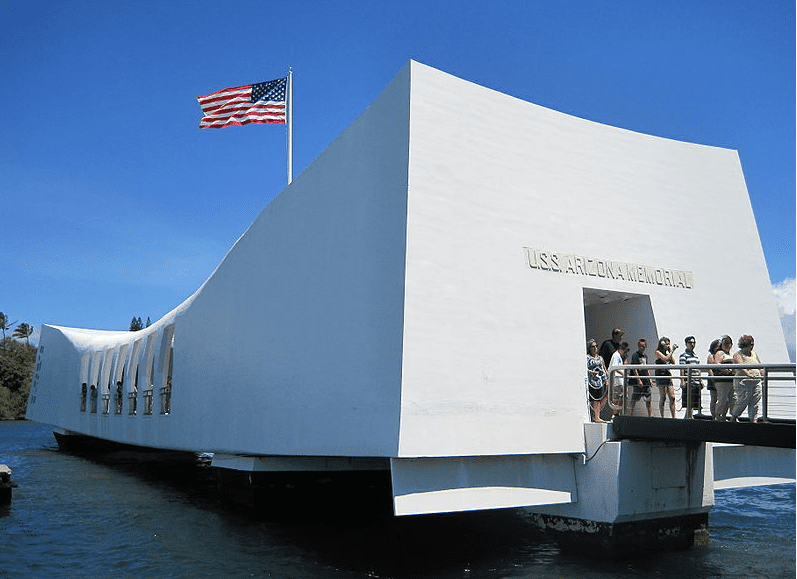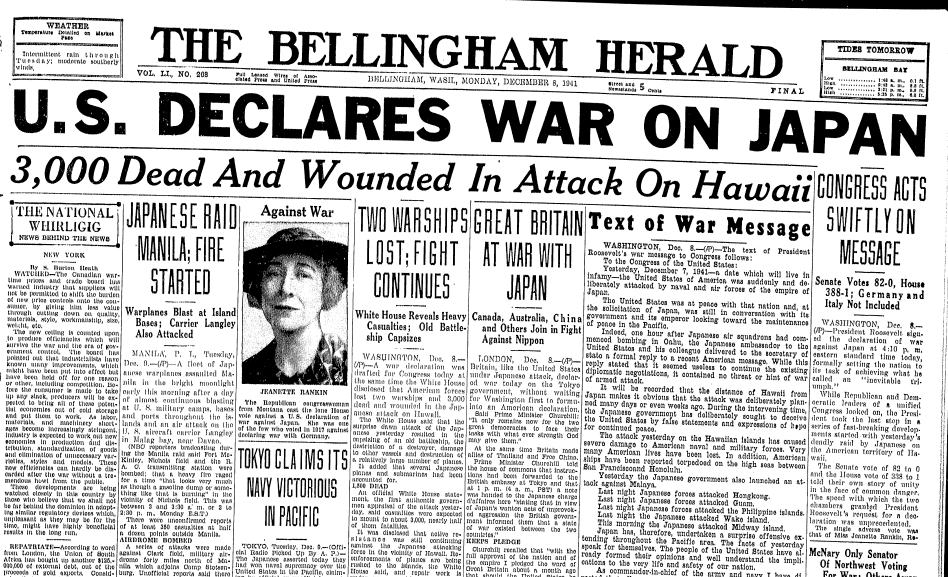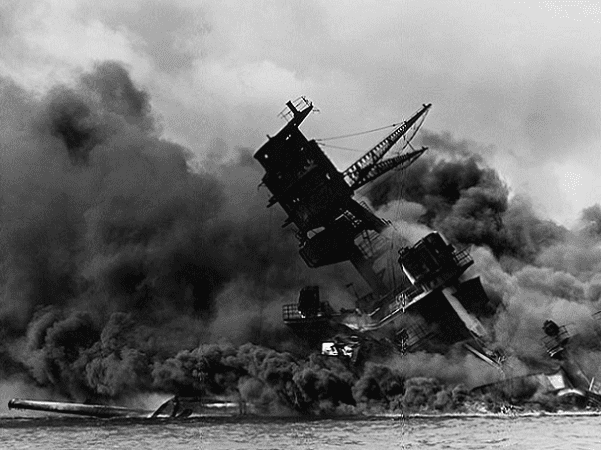This Sunday marks the 73rd anniversary of the Japanese surprise attack against the American naval base at Pearl Harbor, Hawaii, on 7 December 1941 that triggered the U.S. entry into World War II.

Speaking to a solemn joint session of Congress on 8 December 1941, President Franklin D. Roosevelt made this famous declaration:
Yesterday, December 7, 1941—a date which will live in infamy—the United States of America was suddenly and deliberately attacked by naval and air forces of the Empire of Japan.

Although the Japanese attack was a stunning example of military planning and execution, and resulted in a smashing victory, it was indeed smeared with infamy—for the two nations were not at war, and the attack was completely unprovoked and came with absolutely no warning. In fact, one hour after the attack commenced two Japanese officials met with the U.S. secretary of state in Washington, D.C., to submit a formal reply to an overture made to the Japanese government on November 26 to maintain peace.
The attack on Pearl Harbor dealt a severe blow to the U.S. Pacific Fleet. All eight battleships were damaged and four sunk, 10 other ships were damaged or sunk, over 300 aircraft damaged or destroyed, and more than 2,400 men killed. The Japanese military only lost 29 aircraft, 5 midget submarines, and 64 men killed. It appeared the Japanese had triumphantly achieved their objective of crippling the U.S. fleet so that it could not oppose their expansion in Southeast Asia and the Western Pacific.
The Japanese victory was not total, however. Perhaps most importantly, the U.S. Pacific Fleet’s three aircraft carriers were not in Pearl Harbor at the time of the attack and escaped harm. Naval warfare in WWII established that the era of the battleship was over; the aircraft carrier ruled supreme, and in that sense the U.S. fleet was very lucky. Also, the Japanese concentrated on attacking warships and aircraft and ignored the support facilities on the shores of Pearl Harbor, essentially leaving that vital military facility intact to help the U.S. Pacific Fleet recover and prepare to carry the war to the Japanese.
The day after the attack on Pearl Harbor, 8 December 1941, the U.S. declared war on Japan. Nazi Germany and Italy, Japan’s allies, then declared war on the U.S. America was now fully engaged in WWII, a contest that would test the strength and resolve of the entire nation for 3½ years before victory was finally won—after the loss of more than 400,000 U.S. military personnel.
Historical newspapers (https://www.genealogybank.com/gbnk/newspapers/) are not only a great way to learn about the lives of your ancestors—they also help you understand American history and the times your ancestors lived in, and the news they talked about and read in their local papers. Were you or any of your family stationed at Pearl Harbor on 7 December 1941? Please share your stories with us in the comments.
Related Articles about WWII and Pearl Harbor:
